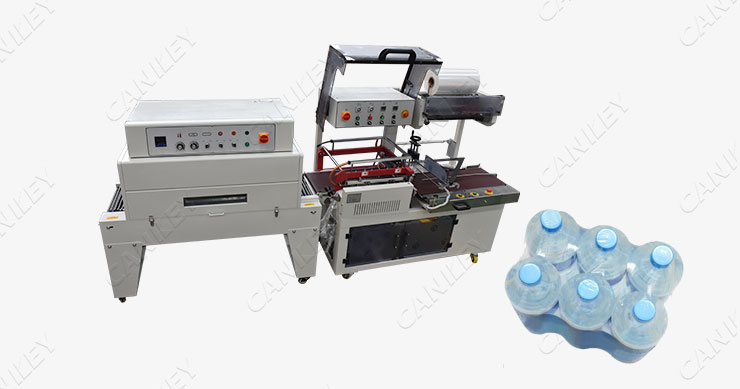Shrink wrapping is a widely used packaging technique that involves the application of a plastic film around a product or a group of products, followed by the application of heat to shrink the film tightly around the items. This process offers several benefits, including product protection, tamper resistance, and improved aesthetics. In industrial settings, automatic shrink wrapping machines play a crucial role in streamlining the packaging process. Let’s delve into the mechanism of shrink wrap and explore the features of shrink wrapping machines.

Mechanism of shrink wrap:
- Film application: The shrink wrapping process begins with the application of a plastic film around the product or products. This film can be polyethylene, polyolefin, or pvc. The choice of film depends on factors such as the type of product being packaged and the desired end result.
- Sealing: Once the film is in place, the next step is to seal it around the product. This can be done using various methods, including hot wire sealing, impulse sealing, or constant heat sealing, depending on the type of shrink wrap machine.
- Heat application: After sealing, the wrapped product passes through a heat chamber or tunnel. In this chamber, hot air or infrared radiation is applied to the film, causing it to shrink and conform tightly to the contours of the product. The heat activates the memory of the film, allowing it to maintain the new shape once it cools.
- Cooling: After the film has shrunk, the product moves through a cooling zone to set the film in its new shape. This ensures a tight and secure wrap around the product.
Features of automatic shrink wrapping machines:
- Automated operation: Automatic shrink wrapping machines are designed for efficiency and productivity. They can handle a high volume of products with minimal manual intervention. The automation reduces the labor required for the packaging process.
- Adjustable settings: These machines often come with adjustable settings to accommodate different product sizes and shapes. Operators can customize parameters such as sealing time, temperature, and conveyor speed to achieve optimal results for various products.
- Versatility: Automatic shrink wrapping machines can handle a wide range of products, from individual items to multipacks. This versatility makes them suitable for diverse industries, including food and beverage, pharmaceuticals, and consumer goods.
- Energy efficiency: Modern shrink wrapping machines are designed to be energy-efficient. They may incorporate features such as insulated tunnels and precise temperature controls to minimize energy consumption while maximizing performance.
- Safety features: To ensure the safety of both the product and operators, these machines often include safety features such as emergency stop buttons, sensors for detecting irregularities, and safety interlocks.
- Integration with conveyors: Many shrink wrapping machines can be seamlessly integrated with conveyor systems, allowing for a continuous and efficient packaging process. This integration ensures a smooth transition from the product loading stage to the shrink wrapping and cooling phases.
The mechanism of shrink wrap involves a precise sequence of steps, from film application to heat shrinking and cooling. Shrink wrapping machines enhance this process by automating key steps and offering features that improve efficiency, flexibility, and safety. Shrink wrapping machinery in the packaging industry.
